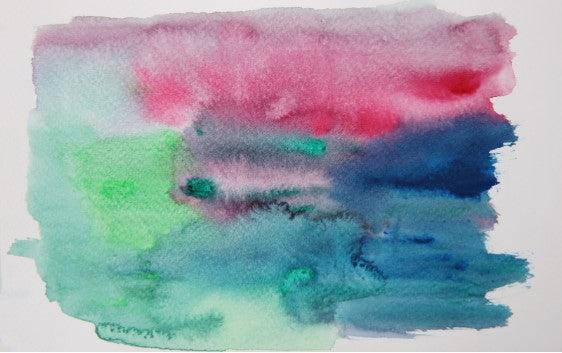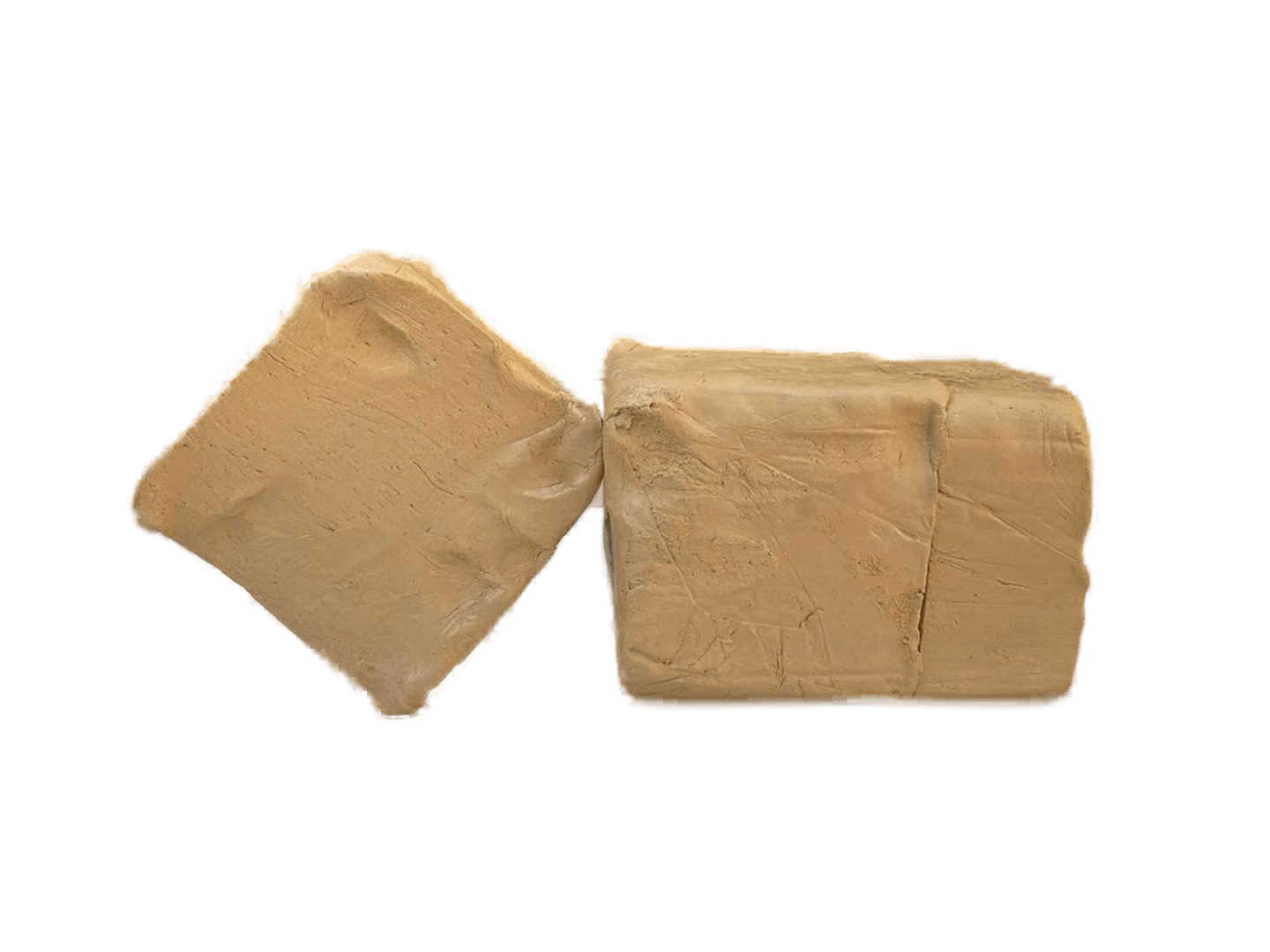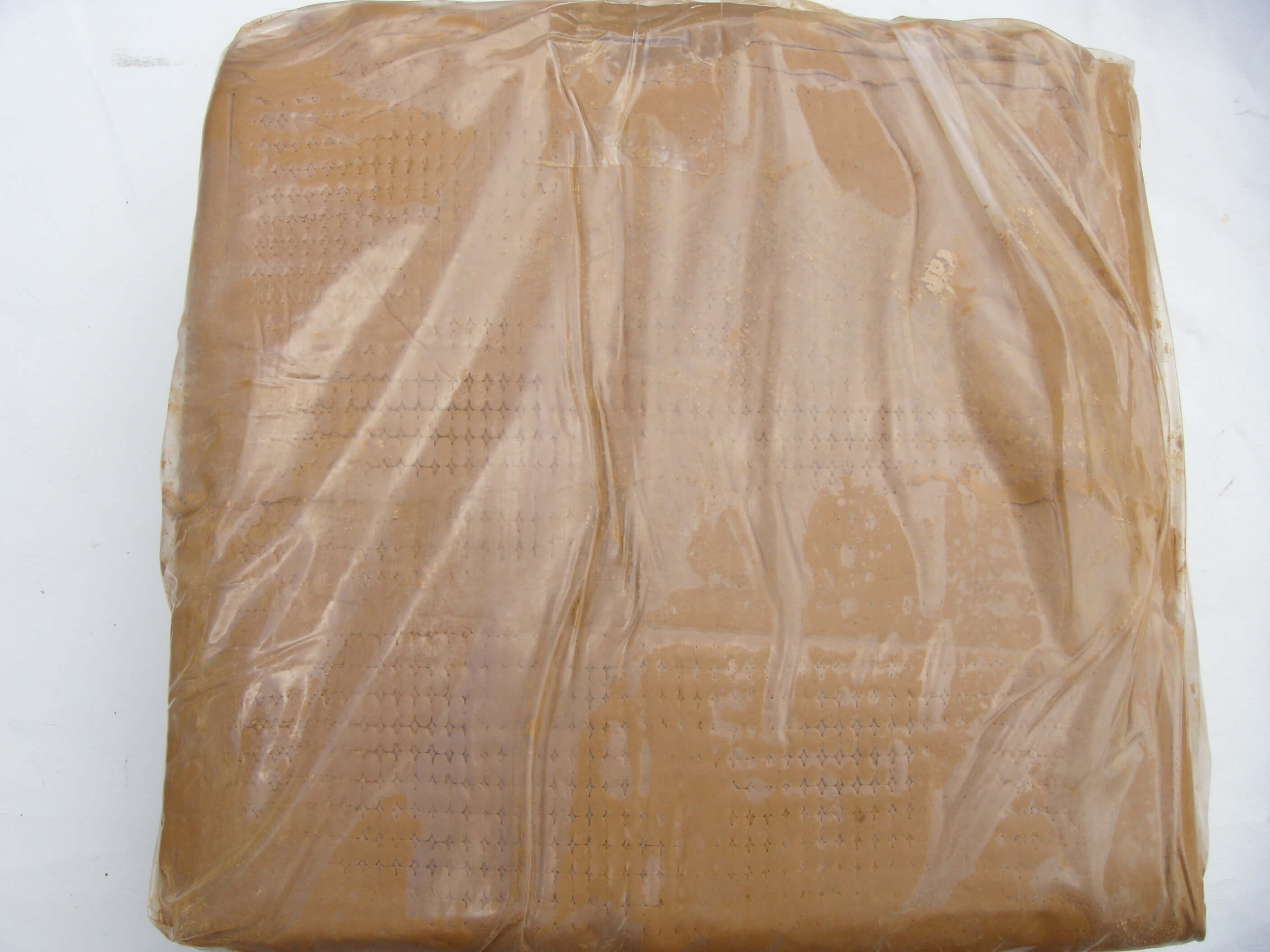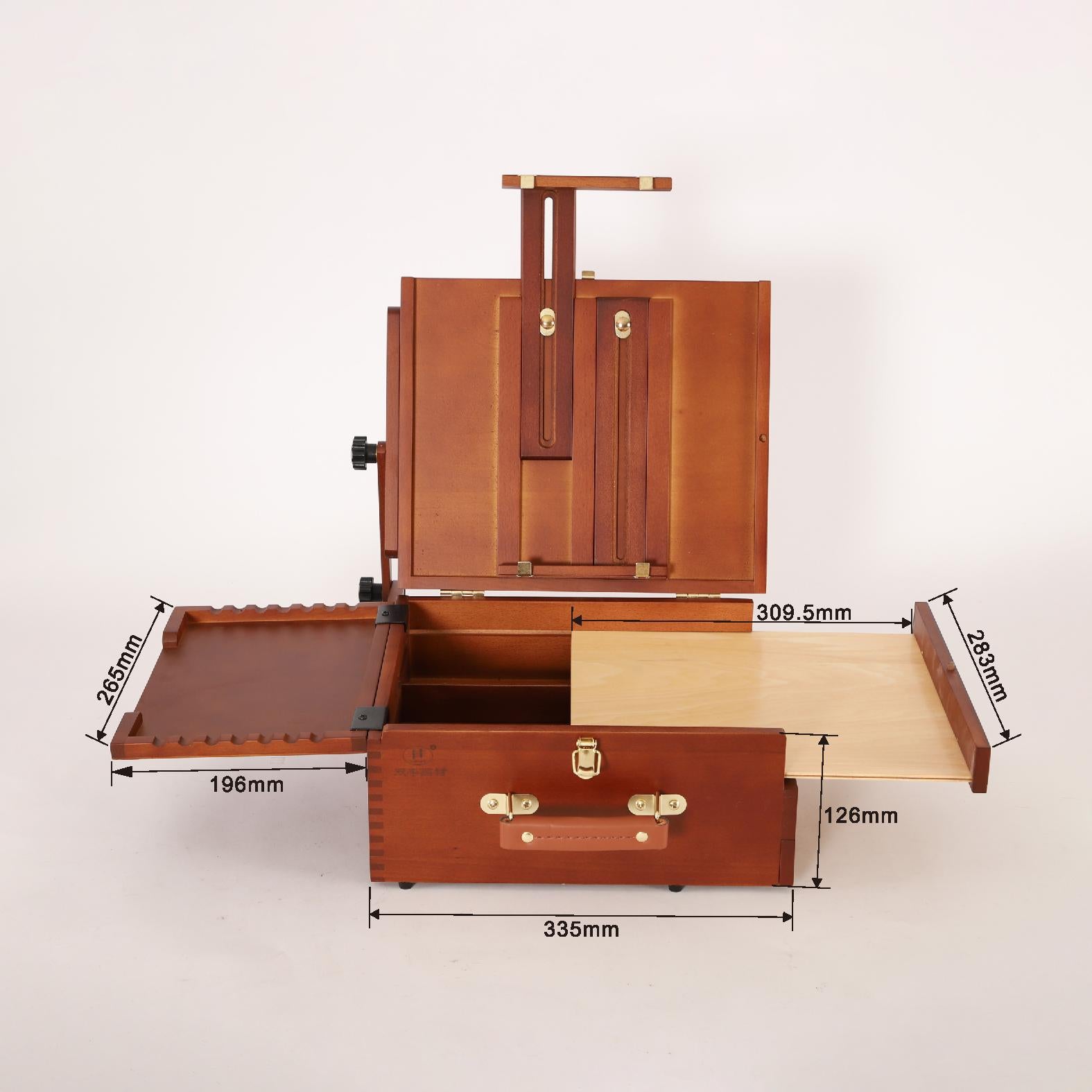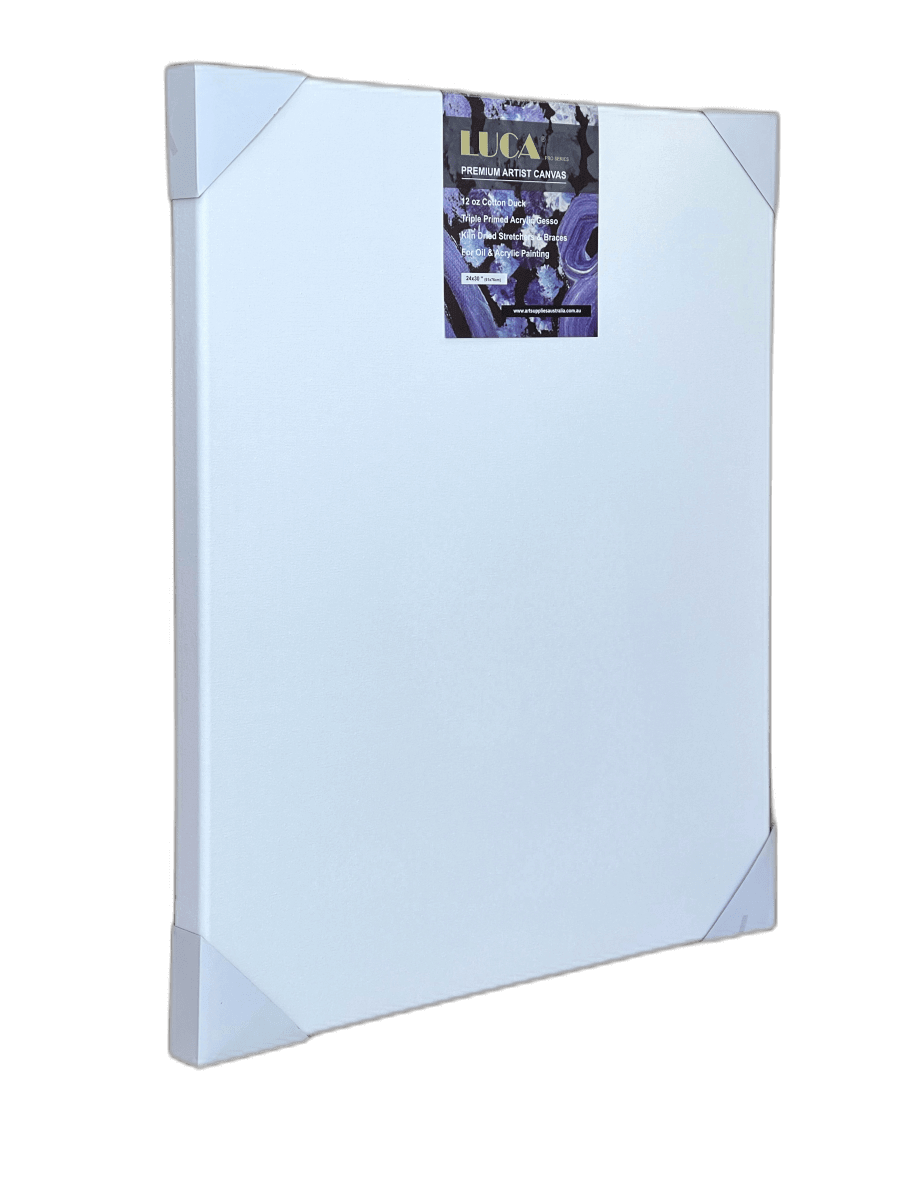Are you a watercolour artist looking to protect your precious paintings from the elements? Sealing your artwork is crucial in ensuring its longevity and preserving its vibrant colours for years. But the process can be overwhelming with so many different types of sealants (varnishes) and techniques.
In this post, we'll be sharing some tried-and-true tips and tricks for sealing your watercolour paintings like a pro. From selecting the proper sealant to achieving a flawless finish, you'll learn everything you need to know to close your masterpieces confidently. So grab your paintbrushes, and let's get started!
Why It's Important to Seal Your Watercolor Paintings
Watercolour paintings are delicate and beautiful but require proper care to preserve their vibrancy and longevity. One essential step in this process is sealing the painting with a protective layer.
Without a sealer, watercolour paintings are vulnerable to damage from moisture, dust, dirt, and UV light. As a result, the colours can fade or become yellow over time, and the paper can become brittle and crack. Additionally, if the painting is not protected, it can be challenging to clean or touch up without damaging the original artwork.
By sealing your watercolour painting, you create a barrier that protects it from the elements and helps it last for many years. Sealing also enhances the appearance of the painting by giving it a finished look and improving its colour saturation.
Sealing your watercolour painting is a crucial step in its preservation and should be noticed. By taking care of your artwork this way, you can ensure that it remains beautiful and cherished for generations.
Types of Sealers for Watercolor Paintings
There are several types of sealers that you can use to protect your watercolour paintings. Each type of sealer has pros and cons, so choosing the one that works best for your particular painting is essential.
1. Spray Sealers
Spray sealers or varnishes are popular for sealing watercolour paintings because they are easy to apply and dry quickly.
- They come in various finishes, including matte, satin, and gloss.
- Pros: They are easy to use, don't require a brush, and provide an even, consistent coat.
- Cons: They can be challenging to control and may overspray, creating a cloudy or uneven finish.
- Tips: Spray in a well-ventilated area, apply multiple thin coats, and use a spray fixative for added protection.
2. Brush-On Sealers
Brush-on sealers or varnishes are another options for sealing watercolour paintings, offering more control than spray sealers.
- They come in different finishes, including matte, satin, and gloss.
- Pros: They allow for more control over the application process and can be used to fix areas that need touch-ups.
- Cons: They can leave brush marks if not applied evenly, and it can be challenging to achieve a consistent finish.
- Tips: Use a soft & fine brush, apply thin coats, and work in a well-lit area to ensure even coverage.
3. Wax Sealers
Wax sealers are a unique option for sealing watercolour paintings, providing a protective layer and enhancing the colours.
- They come in a variety of finishes, including clear and coloured waxes.
- Pros: They are easy to apply and give your painting a beautiful sheen and depth.
- Cons: They can be difficult to remove if you need to make touch-ups or changes, and they may darken the colours slightly.
- Tips: Apply with a soft cloth, buff the wax for added shine, and avoid using too much pressure.
The type of sealer you choose will depend on your painting and personal preference. Whether you opt for a spray, brush-on, or wax sealer, the most important thing is to protect your watercolour painting and ensure it stays vibrant and beautiful for years.
Preparation for Sealing Your Watercolor Painting
Proper preparation is essential before sealing your watercolour painting. Here are some key points to keep in mind:
- Proper Drying Time:
- Before you begin sealing, make sure your watercolour painting is arid.
- It's best to wait at least 24 hours after painting to ensure the colours have fully settled.
- Sealing a painting that is yet to be fully dry can cause the colours to bleed or become muddled.
- Cleaning the Painting:
- It's essential to clean your painting thoroughly before sealing it to ensure no dirt, dust, or other debris on the surface.
- Use a soft brush or cloth to remove any loose particles.
- If there are any smudges or stains on the painting, use a gentle cleaner and a soft brush to remove them.
- Choosing the Right Sealer:
- It's essential to choose a suitable sealer for your watercolour painting.
- Consider the type of finish you want, whether you prefer a matte, satin, or gloss finish.
- Choose a sealer designed explicitly for watercolour paintings that is acid-free and non-yellowing.
Proper preparation is essential for sealing your watercolour painting. Make sure your painting is arid, clean the surface thoroughly, and choose the suitable sealer for the best results. Following these steps, you can protect your artwork and ensure it remains vibrant and beautiful for many years.
Techniques for Sealing Your Watercolor Painting
You can use a few techniques to achieve the best results when sealing your watercolour painting. Here are some of them:
- Multiple Thin Coats:
- Instead of applying one thick coat of sealer, it's best to apply several thin coats to ensure even coverage.
- Allow each coat to dry completely before applying the next one.
- This will help prevent smudging or muddling of the colours and provide better protection for your painting.
- Use a Fixative:
- If you're worried about your watercolour painting smudging or fading over time, you can use a fixative to protect it further.
- Spray a light coat of fixative over your painting before sealing it with a sealer.
- This will help ensure that the colours stay vibrant and prevent any smudging or bleeding of the colours.
- Apply the Sealer in One Direction:
- When applying the sealer, try to apply it in one direction to ensure even coverage.
- Use long, smooth strokes to avoid creating any bubbles or bumps on the surface of the painting.
- This will help create a smooth, consistent finish.
- Use a Soft Brush:
- If you're using a brush-on sealer, make sure to use a soft-bristle brush to avoid leaving any brush marks on the surface of the painting.
- Apply the sealer in thin, even coats, and avoid using too much pressure when applying the sealer.
Conclusion
Sealing your watercolour paintings is crucial to preserve their longevity and protect them from damage. Following the tips and tricks outlined in this article, you can ensure that your watercolour paintings remain vibrant and beautiful for years.
When choosing suitable materials for your watercolour paintings, nothing is more important than using high-quality paper. Art Supplies Australia offers a wide range of watercolour paper perfect for artists of all levels. From hot-pressed to cold-pressed, their selection of watercolour paper will meet your needs.
So why wait? Visit Art Supplies Australia's website today and explore their collection of watercolour paper pads. Whether you're a professional artist or just starting, their products inspire your creativity and help you take your art to the next level.

